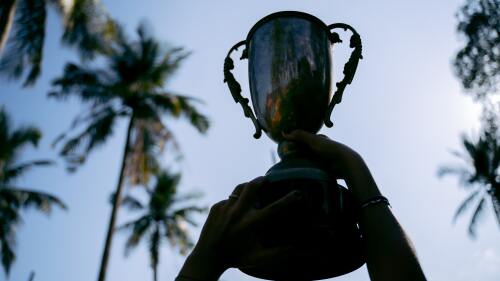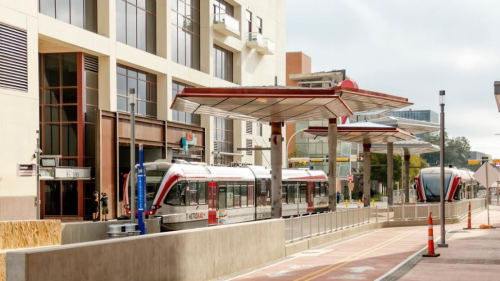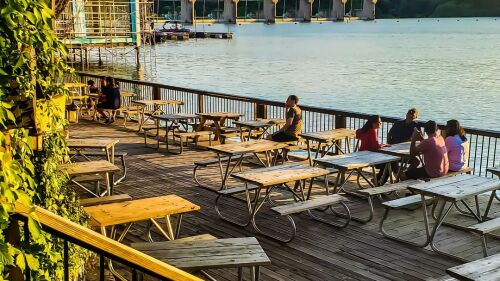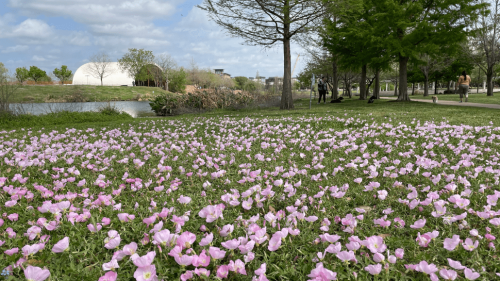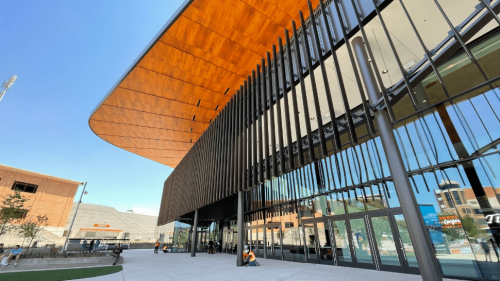You know what they say about clichés — they’re cliché for a reason. Mount Bonnell, one of the most popular destinations for Austinites and visitors, is no exception.
The short hike is famous for its panoramic views of Lake Austin, but did you know the area was once also an important travel passage for Native American populations in Central Texas? We’re betting that even if you’re an Austin old-timer, you’ll be surprised by some of these facts about the popular spot.
History
Mount Bonnell’s history is about as old as Austin’s itself. The park has been a top spot to visit in Austin since the 1800s, and is considered Austin’s oldest tourist attraction.
Legends abound about the site, which has been visited by historical figures including Sam Houston + George Custer. The location was once described as “one of the best places to hunt bear in the country,” but due to habitat loss, it has now been more than 100 years since black bears frequented Central Texas.
The land on the eastern bank of the Colorado River was donated to the county by Frank Covert in 1939 — hence the name for the park that houses Mount Bonnell, Covert Park. Thirty years later, Mount Bonnell was registered as a Texas Historic Landmark, and in 2015, included in the National Register of Historic Places.
Visiting today
The current park is five acres, and the hike is, well, not much of a hike. Including the climb, the full Mount Bonnell route is just under half a mile — meaning it will take about 15 minutes for the duration of the walk.
However, you’ll want to spend more time than that checking out the view, which includes the downtown skyline on one end and the Pennybacker Bridge on the other. At 775 ft. above sea level, Mount Bonnell marks one of the highest points in Austin.
Right now, the entire mountain smells faintly of sweet grapes due to dozens of blooming mountain laurels, which are typically in peak bloom for just a few weeks out of the year. During your visit, you may also encounter armadillos, lizards, and the bracted twistflower, a rare + delicate wildflower on the brink of endangerment.
Visit the Austin staple yourself any day between 5 a.m. and 10 p.m., at 3800 Mount Bonnell Rd.






